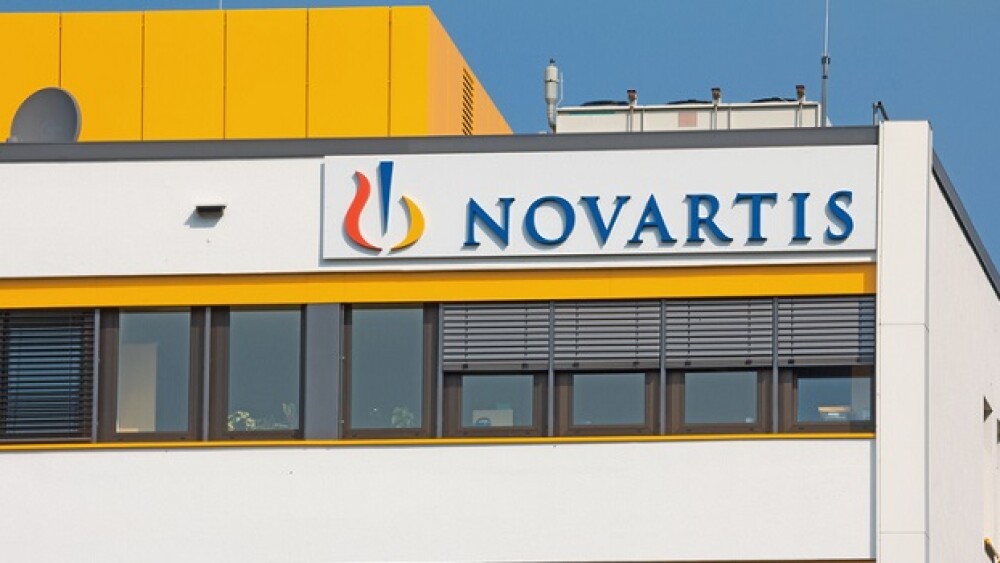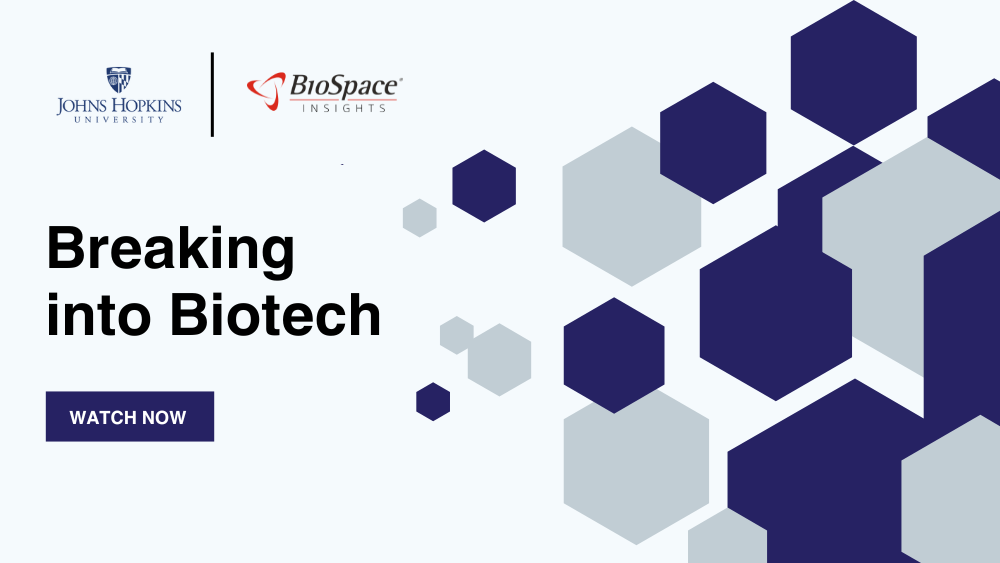The FDA’s CBER approved nine novel therapies in the first half of 2023, with several more high-profile decisions on deck for the second half of the year.
Pictured: A man in a suit examines drugs with a magnifying glass/iStock, MariaGisina
With a well-documented shift toward regulatory flexibility and a maturing cell and gene therapy pipeline, the FDA approved 35 novel medicines in the first half of 2023. While The Center for Drug Evaluation and Research’s 26 first-half novel approvals are ten more than in the first half of 2022 But it is the activity of the FDA’s biologics division that really stands out.
The Center for Biologics Evaluation and Research (CBER)’s approval of nine novel therapies exceeds the division’s full-year totals for many of the past 20 years, according to a recent review by Pink Sheet. The trend could continue during the second half of 2023, with decisions regarding Iovance’s Lifileucel, BrainStorm Cell Therapeutics’ NurOwn and a pair of gene therapies for sickle cell disease all on the docket.
BioSpace takes an in-depth look at five significant therapies that secured approval so far this year.
BioMarin’s Roctavian
One third of CBER’s first-half approvals were for gene therapies. One of these is Roctavian, which in June became the first gene therapy for hemophilia A. Roctavian’s approval is for adult patients without antibodies against the adeno-associated virus serotype 5, as determined by an FDA-approved test. The approval followed CSL Behring and uniQure’s Hemgenix, which in November 2022 became the first became the first gene therapy for hemophilia B. While Roctavian holds the distinction of being the first gene therapy in for hemophilia A, it joins a market populated by several other medicines, including Roche’s Hemlibra, a bispecific antibody that netted its owner more than $4.2 billion in sales last year. Roctavian’s $2.9 million price tag makes it one of the most expensive medicines in the world behind Hemgenix, which costs $3.5 million.
CellTrans’ Lantidra
The FDA—and CBER in particular—are on a “firsts” kick this year. In an announcement that seemed to come out of nowhere, the agency greenlit Lantidra, the first cell therapy for Type 1 diabetes (T1D). Developed by Chicago–based CellTrans, Lantidra is a pancreatic islet cell therapy made from the pancreatic cells of deceased donors. It is approved to treat adults with T1D who have repeated episodes of low blood sugar that leave them unable to hit target blood glucose levels. There are several such therapies coming up behind Lantidra. Vertex has two mid-stage products, and Sernova’s Cell Pouch System is in Phase I/II studies. While the approach is generating a lot of excitement, experts recently told BioSpace that challenges remain, including the toxicity of immunosuppressive regimens and a scarcity of source materials.
Sarepta’s Elevidys
One of the most highly anticipated decisions of 2023, Sarepta won approval for Elevidys as the first-ever gene therapy for Duchenne muscular dystrophy (DMD). The decision was not without controversy as the FDA questioned whether the expression of the proprietary micro-dystrophin in Elevidys was reasonably likely to predict clinical benefit. The regulator also had concerns about safety, noting in briefing documents the case of a 9-year-old patient who was hospitalized and required respiratory support due to muscle weakness after treatment with Elevidys. Ultimately, Sarepta secured approval for the therapy, but with a narrower label than it had sought; Elevidys is authorized to treat children 4-to-5 years of age. Debra Miller, CEO of patient advocacy group, CureDuchenne, said in a statement that the organization is hopeful Sarepta’s confirmatory trial “will demonstrate efficacy and safety to support an expanded age range. . .”
GSK’s Arexvy
After years of anticipation, the U.S. in May saw the approval of the first RSV vaccine in the form of GSK’s Arexvy. The vaccine is approved to prevent lower respiratory tract disease caused by RSV in adults 60 and older. While the symptoms of RSV are usually mild, young children and older adults are at higher risk of severe disease. GSK had been neck and neck with Pfizer, which won the FDA’s nod for Abrysvo less than a month later. RSV cases have spiked over the last year, and the market is worth $5 billion to $10 billion, according to analysts who spoke to Reuters in February.
Gamida Cell’s Omisirge
The gold standard therapy for patients with blood cancers, —hematopoietic stem cell transplant (HCT) can be hard on the body. Typically, patients receiving stem cell transplants for these cancers, including acute myeloid leukemia and chronic myeloid leukemia, need to undergo an aggressive regimen of chemotherapy or radiotherapy to remove existing stem cells, making the body more susceptible to severe and sometimes even fatal infection. Omisirge is cord blood that’s been taken through Gamida Cell’s manufacturing process to expand and improve the metabolic fitness of the cells. The cells are then used in bone marrow transplant to repopulate the immune system, thereby reducing the possibility of infection.
Cord blood does not require the same level of matching as cells from adult donors, Ronit Simantov, chief medical officer and chief scientific officer at the Israel-based biotech, told BioSpace in a previous interview. Therefore, it has the potential to help patients from racially or ethnically diverse backgrounds who cannot find a fully matched donor, she said.
Heather McKenzie is a senior editor at BioSpace. You can reach her at heather.mckenzie@biospace.com. Follow her on LinkedIn and Twitter @chicat08.






